Under-Eye Fillers: Benefits, Costs, And What To Expect
All you need to know about the popular non-invasive procedure of getting rid of under-eye troubles.
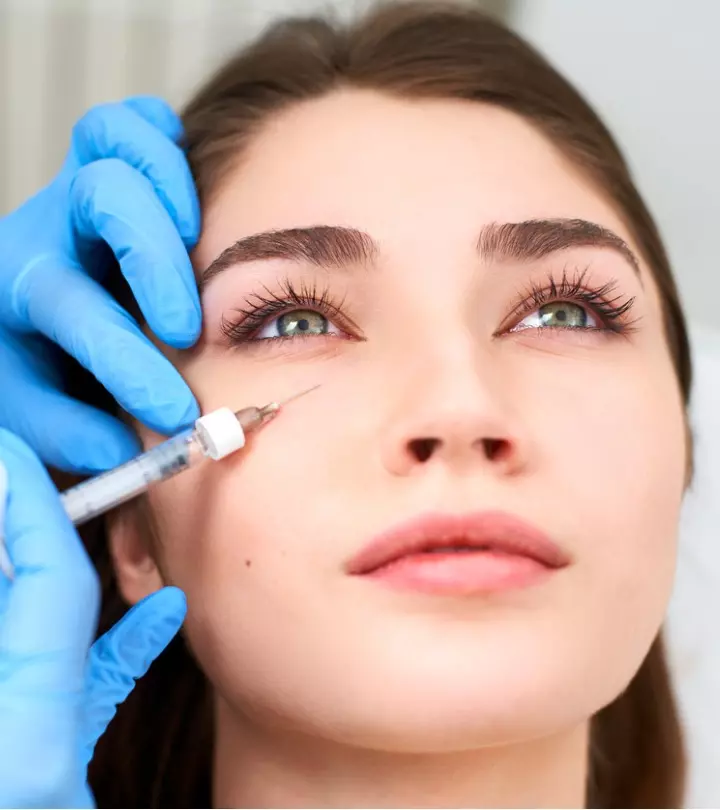
Image: iStock
Although dark circles are prevalent in people of all ages, signs of aging normally begin to show around the eye region. Many people are opting for the tried-and-tested treatment of under-eye fillers for dark circles.
Under-eye fillers have become popular because they deliver noticeable results within a single treatment in a minimally invasive nature, unlike other aesthetic medicine treatments. However, they are not suitable for everyone. Keep reading to find out whether injecting fillers under your eyes is a viable option for you.
In This Article
What Is Under-Eye Filler? Is It Safe?
Under-eye fillers are a non-invasive, non-surgical procedure that involves injecting a fluid hyaluronic acid-based filler in the under-eye area.
They are also called dermal fillers, and they are often used to treat dark circles, sunken eyes, and eye bags.
In many people, dark circles are caused due to shadows created by depressions in the soft tissue of the bone in their under-eye area or by facial fat loss under the eyes. An under-eye filler fills in the shadowed and sunken area to eliminate the resulting dark circles. The most commonly used eye fillers are hyaluronic injections.
But, are under-eye fillers safe? Yes. Hyaluronic fillers are safe for facial rejuvenation procedures, making them the best option for under-eye treatments (1). Besides, the procedure can be done without bruising the tissues too much. However, it must be performed only by an experienced and trained professional.
Check out the benefits of under-eye filler in the next section.
Key Takeaways
- Under-eye fillers, also known as dermal fillers, are non-invasive medical procedures that involve the injection of hyaluronic acid under your eyes to eliminate dark circles or hyperpigmentation.
- The benefits of getting under-eye fillers are that they are painless, long-lasting, and quick procedures that offer visible results after just one sitting.
- Some individuals may experience side effects such as swelling, bruising, or nodules on the skin.
- It is recommended that you avoid touching the injected area for 48 hours and use an ice pack to reduce the swelling.
Benefits Of Under-Eye Filler

The primary benefit of injectable fillers is that they reduce dark circles and fine lines under the eyes. However, the following advantages of the procedure make it one of the most popular treatments for dark circles.
- It is a minimally-invasive procedure that does not require surgery.
- It is painless and requires no downtime.
- It has a long-lasting effect.
- It gives you immediate results.
- The procedure is quick and done in minutes.
- The fillers are made of hyaluronic acid and dissolve naturally in your body.
- The doctor can undo the procedure if the patient does not like the result.
Now, you may be wondering if there is a difference between Botox and under-eye fillers. Well, the two procedures are very different in their functioning and applications and must not be confused. Find out more in the next section.
Under-Eye Filler Vs. Botox
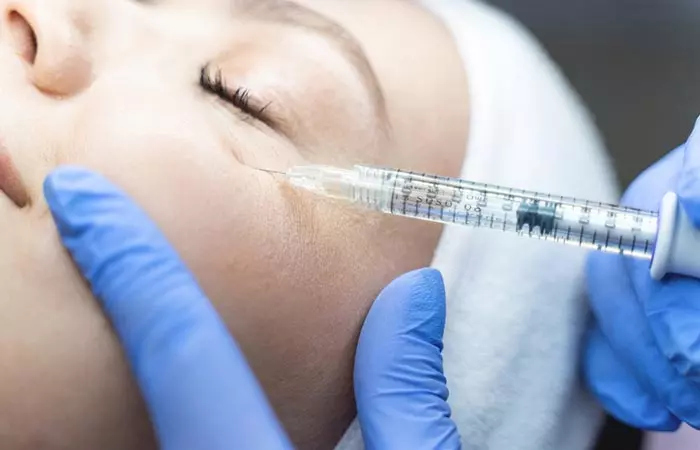
Botox uses a neurotoxic protein called botulinum which is injected in small quantities into creases and wrinkles to paralyze the underlying muscle and make your skin more even by restricting muscle contractions that lead to wrinkles. It is done on the upper part of your face, like the forehead, temples around the eyes, etc, and help in wrinkle treatment (2).
Dermal fillers, on the other hand, are used to fill in the hollow soft tissue to plump up the area and reduce fine lines or dark circles. These fillers are usually hyaluronic acid injections that are later naturally dissolved by the body (3).
In some cases, a doctor may prescribe both Botox and fillers for a patient, depending on various factors such as age, skin type, and skin concerns.
Anupa Sahu, a beauty enthusiast and blogger, unfolds her journey with facial fillers, demystifying notions and underscoring the procedure’s safety and efficacy. Anupa provides first-hand insights into the procedure’s pain level, duration, and lasting results. As she eloquently puts it, “People often think fillers are for old people, mostly after 30’s and 40’s, but do you know that aging starts at the age of 25?…. The entire procedure was super smooth and I am happy with the results! It has been a month now and I feel really glad that I made this choice for myself (i).”
Would you make a good candidate for under-eye filler? Read the next section to find out.
Who Is A Good Candidate For Under-Eye Filler?
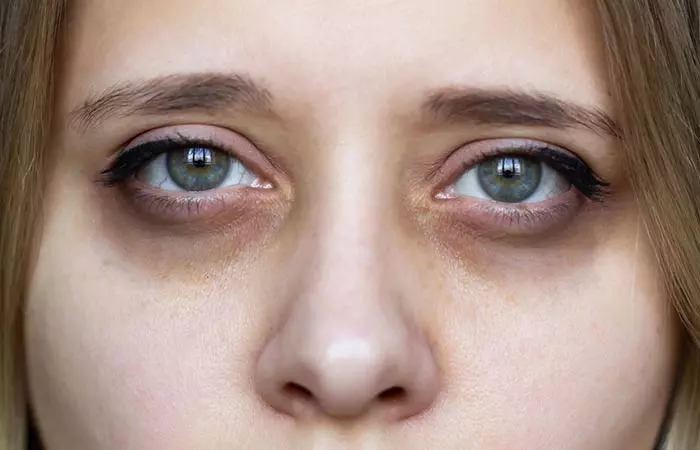
Anybody who has dark circles caused due to sunken under eyes is a good candidate for under-eye filler. But, it must be noted that not all types of dark circles can be treated by dermal fillers.
To determine if you will benefit from getting fillers under your eyes, let’s explore the two major reasons for dark circles:
- The first is due to the shadow effect caused by sunken eyes or lost volume in the under-eye region. These dark circles will benefit from dermal fillers to give you a fresher and more youthful look. Injecting filler will uplift the area and diminish the shadows in a matter of minutes.
- The second reason for dark circles is hyperpigmentation. This has been observed more commonly in people with darker skin tones. In this case, getting fillers for the under-eye region will not help with the dark circles as the procedure has no effect on the melanin or skin pigment.
A quick way to test if you have dark circles due to shadows is by holding up a flashlight against your eye and looking for a change in under-eye color in a mirror. The shadow effect will be reduced by the direct light on the under-eye, and the dark circles will disappear.
If you have a hollow under-eye area, dermal fillers will help you achieve the youthful eyes you want. If the dark circles are still visible, it may be due to hyperpigmentation, and fillers won’t solve this problem.
 Quick Tip
Quick TipIf you are a suitable candidate for under-eye fillers, you may be interested in getting the procedure done. The next section shows you how to prepare for the treatment for the best results.
NOTE: It is important to have realistic expectations of your results. While one patient may need only 1mL of dermal filler, another may require 2 – 3 syringes based on the severity of their case and their desired outcome.
How To Prepare For Under-Eye Filler
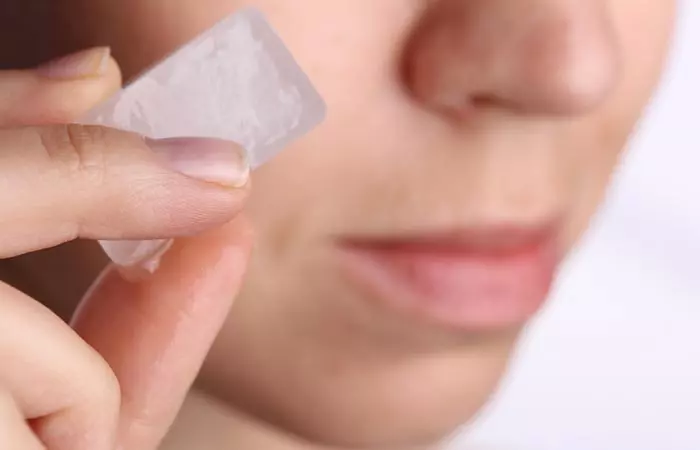
Your doctor will provide you with a specific list of instructions suitable for your skin before the procedure is carried out. However, here are a few general tips to prepare yourself for an under-eye filler.
- Avoid consumption of alcohol at least 24 hours before the procedure.
- Your doctor may give you a list of medications to avoid at least a day before.
- Refrain from general OTC drugs for blood thinning like ibuprofen, aspirin, vitamin E, and fish oil, as they can lead to bruising or swelling.
- Do not apply concealer or makeup on the day of the procedure.
- Icing your face before the procedure can help with numbing. However, you can skip it and ask your doctor to apply a numbing cream instead.
While getting fillers under the eyes can sound scary, it is actually not a very painful or complicated procedure. Keep reading to learn how the treatment is carried out.
What To Expect During An Under-Eye Filler Treatment
Injecting fillers is a quick and painless procedure. It is performed under local anesthesia and takes less than 30 minutes in total. If it is your first time getting under eye fillers for dark circles, here is what you can expect during the procedure.
- The procedure starts with a consultation to understand your concerns and expectations from the fillers.
- Next, the professional will apply a topical numbing cream and leave it for a few minutes to take effect.
- After this, they will inject the filler in place.
- The professional may press the filler after injecting it to position it properly in place.
- That’s it! The procedure is done in a matter of a few minutes.
Other than the steps of the procedure itself, you must keep a few other things in mind:
- Although most hyaluronic acid fillers are safe, they degrade and dissolve in your body over time. This means your fillers are temporary, and you will need to get them redone approximately once every year and a half.
- The procedure is not painful or uncomfortable, but you are likely to experience a feeling of pressure or pinching during this cosmetic injection process. It may be a slightly new feeling that will take some getting used to.
- Depending on the shape and other features of your face, a doctor may prescribe injecting fillers in the cheek area for better reduction of the under-eye shadow. It is a common approach and varies from person to person.
NOTE:
The longevity of the filler varies from person to person. Some patients metabolize dermal fillers within 6 – 9 months, while others maintain their results for up to 2 years.
 Quick Tip
Quick TipAccording to a study conducted with 370 dermatologists, the chances of blood vessel blockage during the process are less while using a cannula than a needle. The dermal filler injections with a cannula had 77.1% lower odds of occlusion than needle injections. As per the data, there was at least one occlusion per 6410 per 1-mL syringe injections using needles and 1 per 40882 using cannulas.
Wondering how much this procedure costs? Find out in the next section.
How Much Does Under-Eye Filler Cost?
Depending on where you get it done or the number of syringes required, the cost of getting under-eye fillers can vary.
In major urban cities, the cost can be anywhere from around $900 to $1500 per syringe. But depending on the under-eye area and hollows, the amount of filler used may be different. A single syringe can be split up in case the area under your eyes does not need much filler. This can reduce the price of the treatment.
In most cases, patients require two syringes of dermal filler under the eye, making the average cost of the procedure around $1800-$3000.
Although it may seem like an expensive procedure, injecting fillers is still a popular treatment as it is non-surgical with immediate effects and no recovery downtime. However, the treatment may also lead to some side effects. Find out more about them below.
What Kind Of Side Effects Are Associated With Under-Eye Fillers?
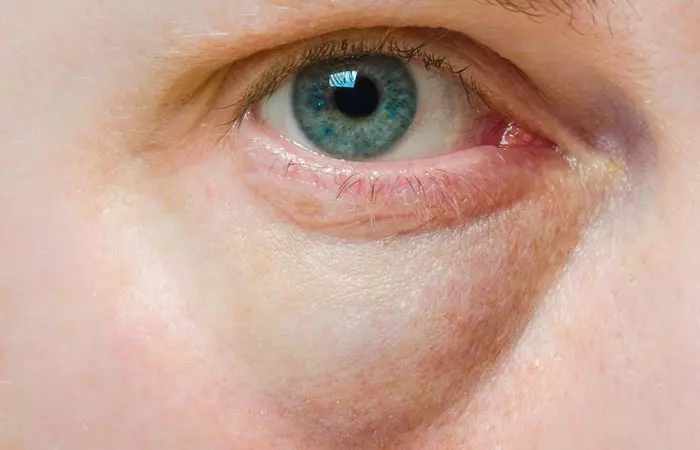
Using hyaluronic filler for the under-eye area is considered safe, but there are still chances of some minor side effects:
- The under-eye skin is delicate and has a lot of blood vessels in the area. Due to this fact, injecting fillers under the eyes can cause bruising in some patients.
- Swelling under the eye is another common side effect of dermal fillers. However, it is temporary and usually goes away within 2 days.
- If the filler is not injected in the proper place, it can cause something called a Tyndall effect. This leads to a bluish discoloration in your under-eye area. However, this can be reversed using hyaluronidase treatment that breaks down the hyaluronic acid in the filler (1).
- Improperly injected filler can also cause nodules in the skin. But, this can also be treated with hyaluronidase.
- A more serious side effect can occur if the filler is injected into a blood vessel. This can block the nerve and may cause blindness, though this is extremely rare and not typical in the under eye region (4).
In order to avoid any temporary or serious side effects of under-eye fillers, it is advised to choose a licensed cosmetic surgeon or an experienced doctor to perform the procedure. Be sure to get it done at a clinic rather than a spa as fillers require precision and medical knowledge for perfect results.
Learn how to take care of yourself after getting under-eye fillers in the next section.
Aftercare Tips For Under-Eye Fillers
Depending on the amount of injected dermal fillers under the eyes, suitable aftercare will be prescribed by your doctor. Some general suggestions to take care of your face after getting an under-eye filler are:
- Avoid excessive touching, rubbing, or scratching the injected area for at least 24 to 48 hours after the procedure.
- Do not use makeup for 1 hour after the procedure.
- Do not indulge in excessive fitness activities or exercise after getting the fillers. Avoid exercises that need you to bend and bring your face down for a long time since it can lead to swelling.
- In case of swelling or bruising, use an ice pack for a day or two to reduce the appearance.
- Avoid consuming alcohol for up to 48 hours.
What’s The Downtime For Under-Eye Fillers?
Under-eye fillers usually do not need any downtime after the procedure. You definitely do not have to lie in bed for recovery like in surgical procedures.
If you experience swelling after getting fillers under the eyes, it usually recedes in a matter of hours or a day. In most cases, using an ice pack will help reduce the swelling. However, if you develop some bruising, it may take up to a week to completely go away. For this reason, do not get fillers done right before an important day.
While under-eye fillers are effective, they may not be an ideal option for everyone. So, if you are looking for some good alternatives, read on.
Top 3 Alternatives For Under-Eye Fillers
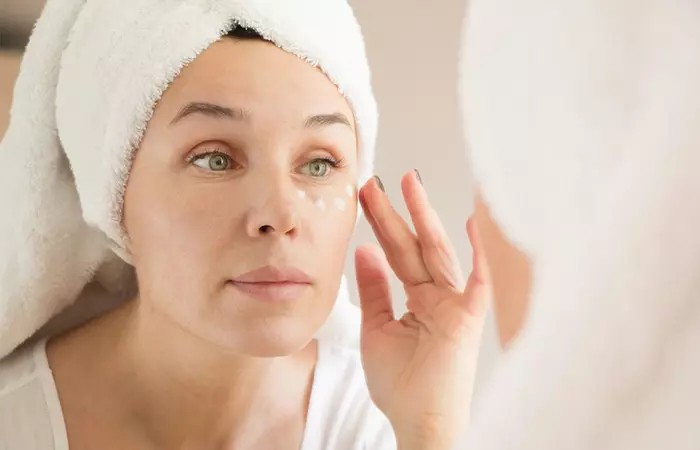
- Topical Eye Creams: Topical eye creams contain potent ingredients like hyaluronic acid, peptides, retinol, and antioxidants that make them effective in deeply hydrating the under-eye area and combating dark circles and under-eye bags.
- Microneedling Using Platelet-Rich Plasma: This minimally invasive procedure helps in boosting collagen production in the skin to tighten it and diminish the appearance of fine lines, wrinkles, and dark circles.
- Radiofrequency Skin Tightening: This is a non-surgical skin tightening treatment that works by using electromagnetic waves that penetrate deep into the skin layers to generate heat, which supports skin regeneration and skin firming.
Under-eye fillers are a non-surgical, non-invasive procedure used to treat dark circles, eye bags, and sunken eyes. They have no downtime, are painless, give you immediate results, and can be undone if you do not like the results. You may follow the tips mentioned in the article to prepare yourself for an under-eye filler procedure. This beauty enhancement procedure is another part of cosmetic surgery like facial contouring that deals with anti-aging treatments. Although considered safe, there are chances of minor side effects like swelling or bruising. Therefore, it is best to consult an experienced doctor to perform the procedure.
Frequently Asked Questions
What should I do if I experience side effects after getting under-eye fillers?
If you notice swelling, bruising, or unusual discomfort after the under-eye filler procedure, apply a cold compress and avoid touching the area. Contact your provider immediately if symptoms persist or worsen.
Who is not a candidate for under-eye fillers?
People with a skin infection or irritation in the under-eye area should get this issue treated before getting an under-eye filler. If you are pregnant or breastfeeding, you are not a candidate for an under-eye filler. Always consult with your doctor to confirm that you don’t have any underlying medical conditions that may disqualify you from being a candidate for the treatment.
Can fillers make under-eye bags worse?
Yes, in a few individuals. The fillers may aggravate the appearance of people with facial fat pads that are too baggy and big. If your injector is inexperienced, you may end up with too much filler, resulting in a puffy, overfilled result.
What is the best age to get under-eye fillers?
There is no specific age that is considered best to get under-eye fillers. It depends on individual factors and personal preferences, but generally late 20s or 30s are a good time to go for it.
What happens when you stop using fillers?
When you stop using these under-eye fillers, its effects may wear off after some months, and you may appear older than you are.
Can an under-eye filler be used to treat other areas of the face, such as the cheeks or lips?
Yes, it can be used on other areas of the face, such as the cheeks or lips to restore their volume and improve symmetry.
QUOTE: Keep in mind that under eye fillers are meant to fill in hollowness in the tear trough area. If you have bags under your eyes, a dermal filler may not be the appropriate option for you.
Unveil the truth about under-eye fillers from Dominique Sachse! Check out Restylane before and after results, and also learn about the truths and myths about the cosmetic procedure in this video.
Personal Experience: Source
StyleCraze's articles are interwoven with authentic personal narratives that provide depth and resonance to our content. Below are the sources of the personal accounts referenced in this article.
i. Things you should know about Fillers! Results? Read it now! | Ft. Kosmoderma https://anunomics388658241.wordpress.com/2019/01/09/things-you-should-know-about-fillers-results-read-it-now-ft-kosmoderma/References
Articles on StyleCraze are backed by verified information from peer-reviewed and academic research papers, reputed organizations, research institutions, and medical associations to ensure accuracy and relevance. Read our editorial policy to learn more.
- Complication Management following Rejuvenation Procedures with Hyaluronic Acid Fillers—an Algorithm-based Approach
https://www.ncbi.nlm.nih.gov/pmc/articles/PMC6326607/ - Botulinum toxin (Botox) A for reducing the appearance of facial wrinkles: a literature review of clinical use and pharmacological aspect
https://www.ncbi.nlm.nih.gov/labs/pmc/articles/PMC6489637/ - Dermal Fillers (Soft Tissue Fillers)
https://www.fda.gov/medical-devices/aesthetic-cosmetic-devices/dermal-fillers-soft-tissue-fillers - This month’s guideline: Visual Loss Secondary to Cosmetic Filler Injection
https://www.ncbi.nlm.nih.gov/pmc/articles/PMC5955635/
Read full bio of Dr. Schwarzburg
Read full bio of Arshiya Syeda
Read full bio of Ramona Sinha
Read full bio of Swathi E






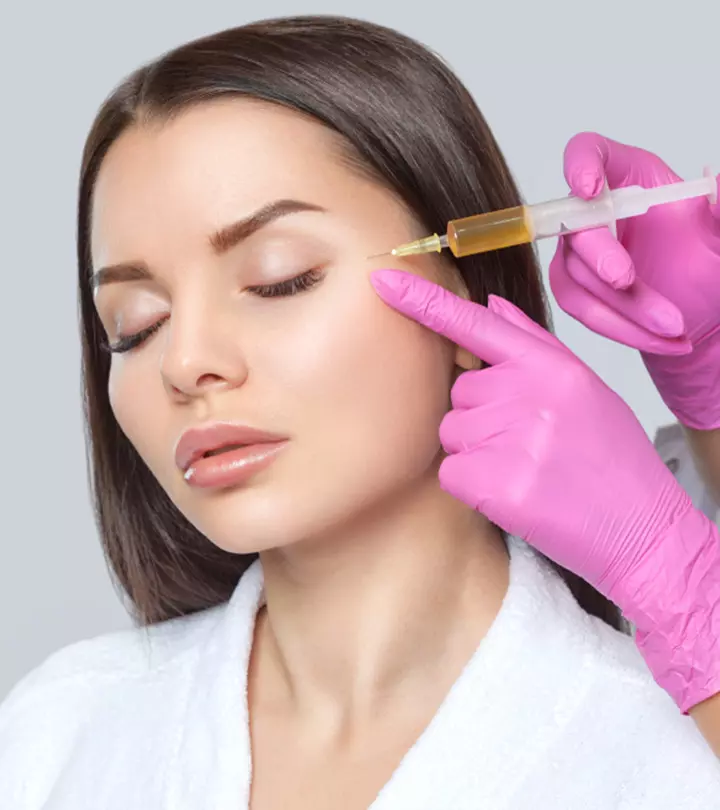
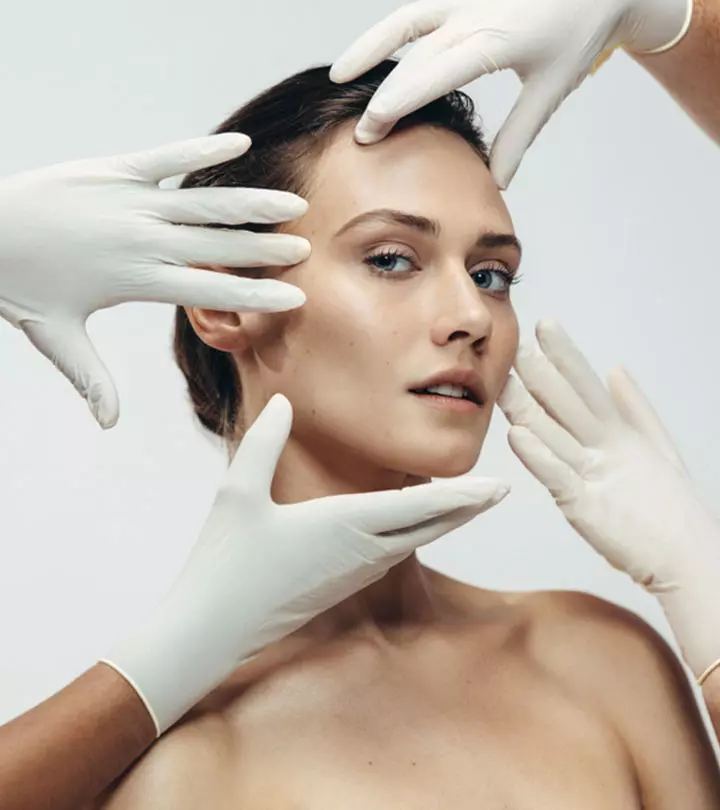
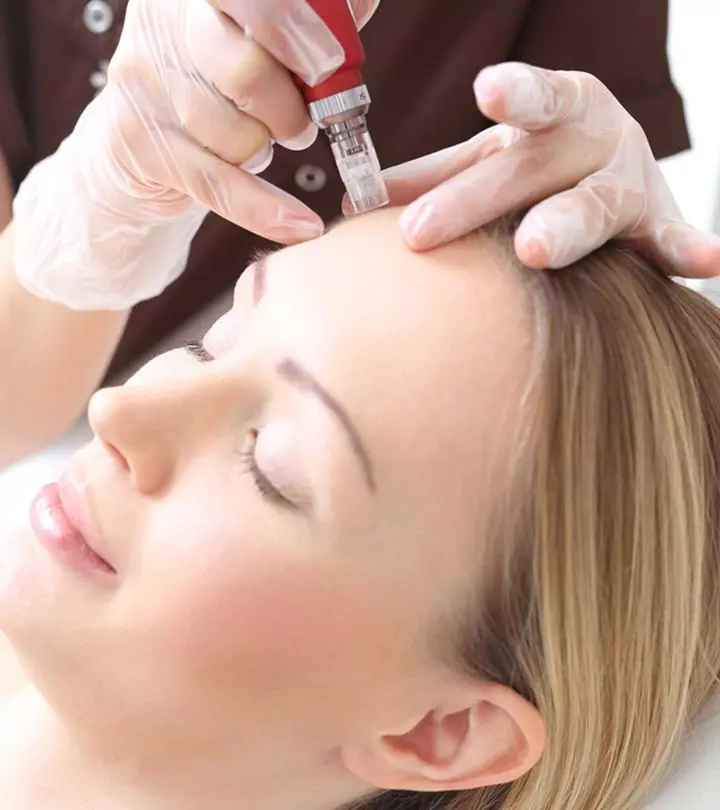

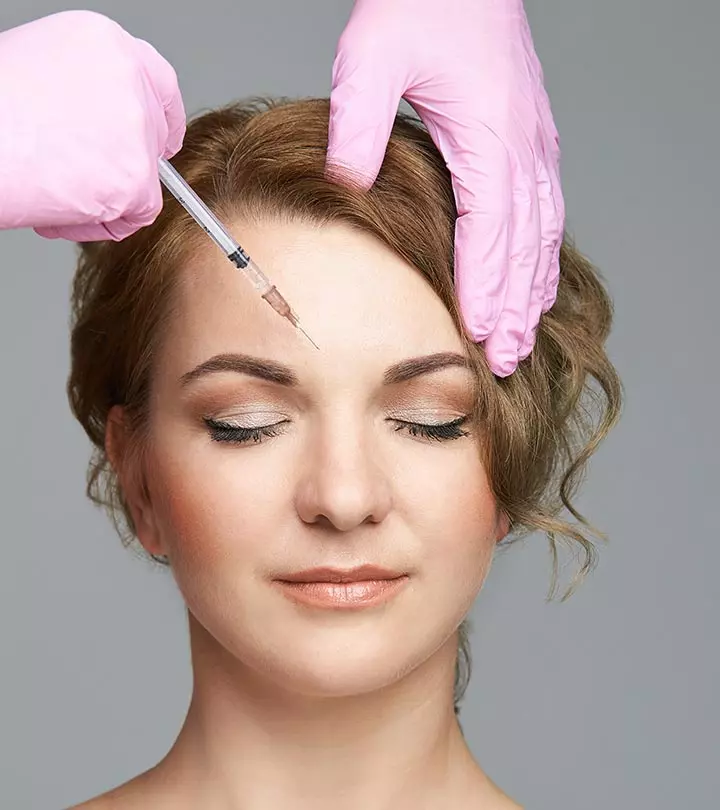
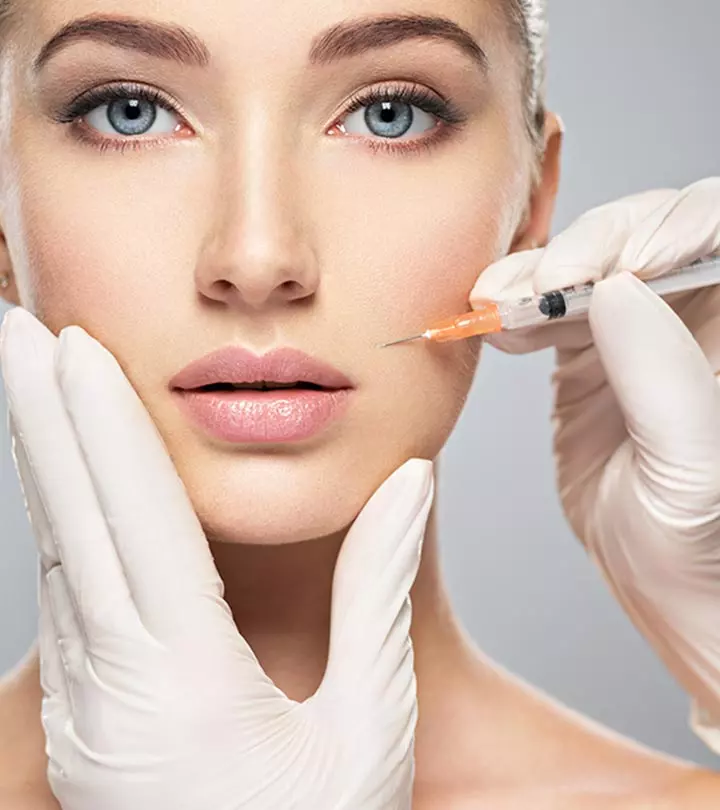
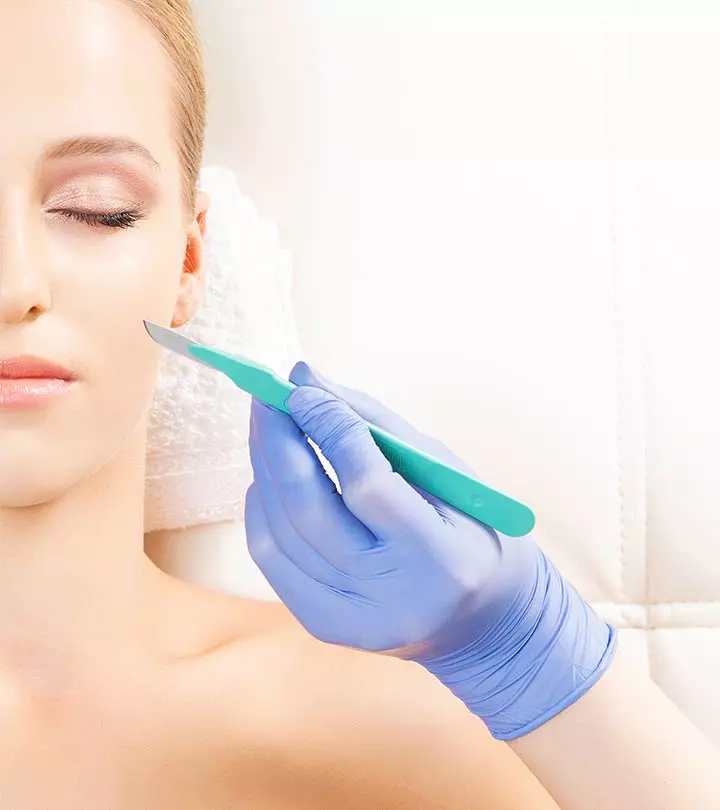
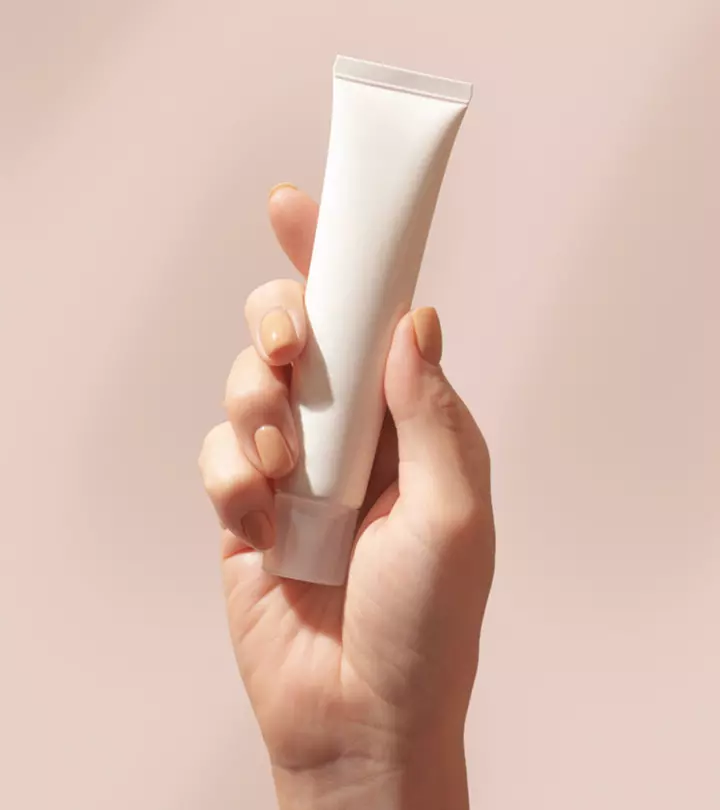

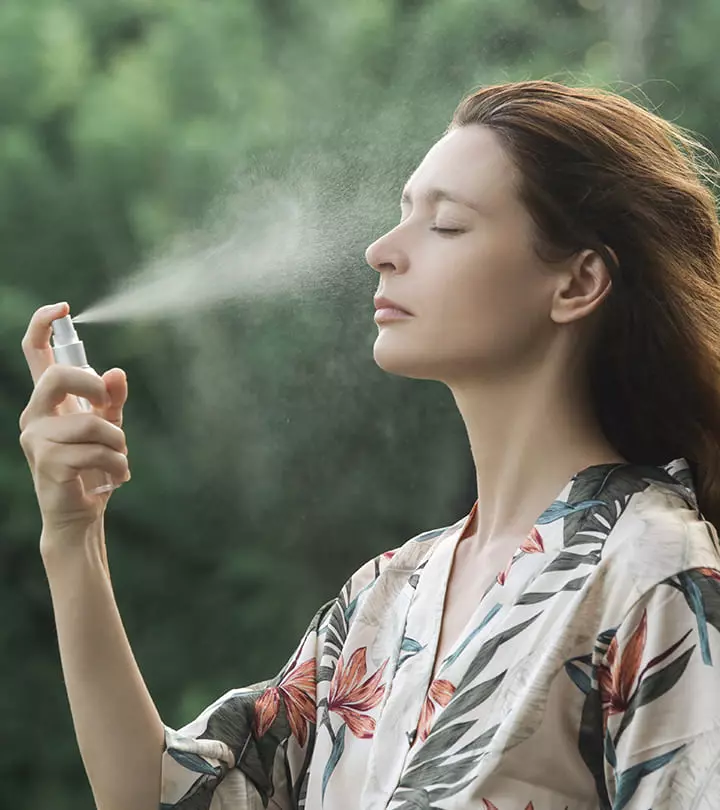
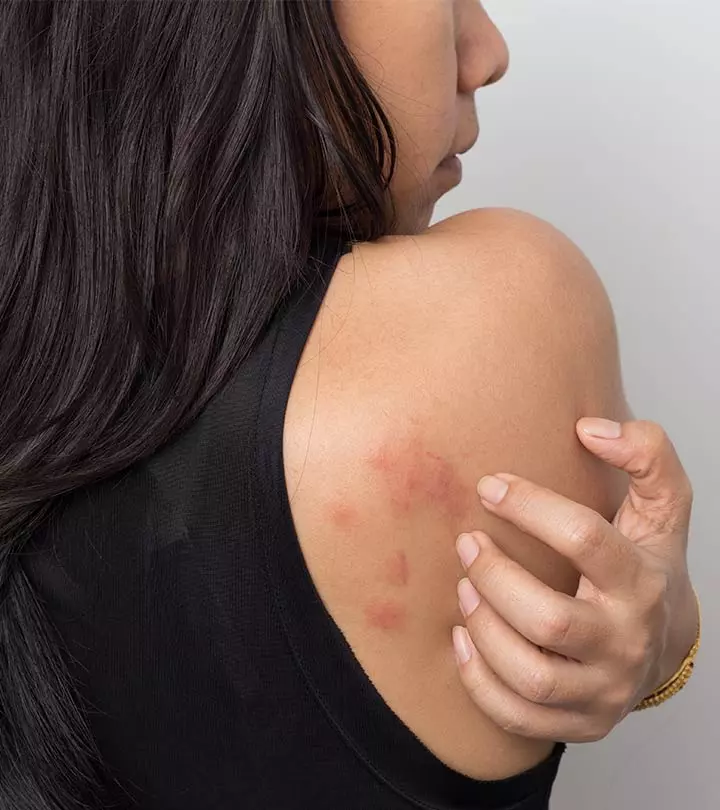

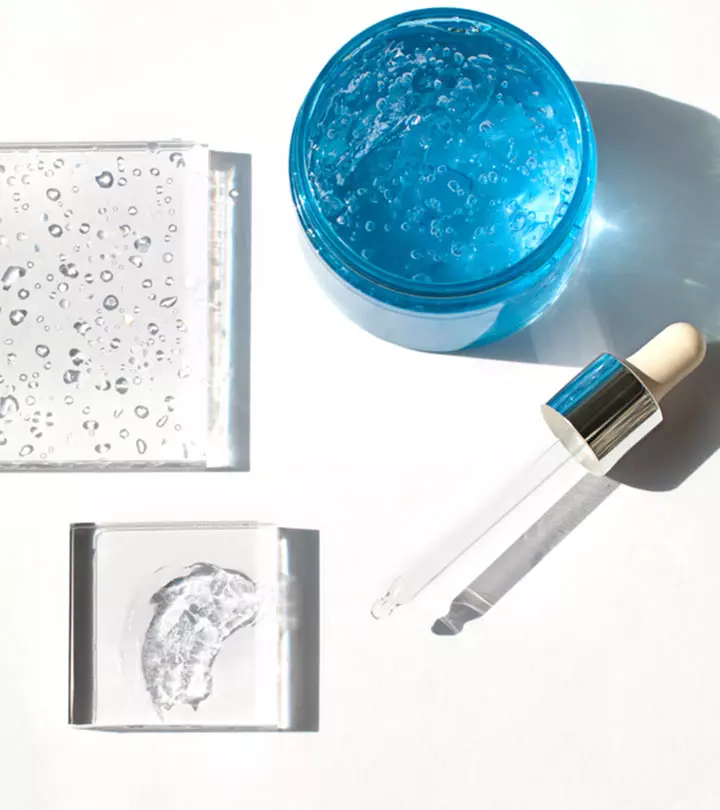

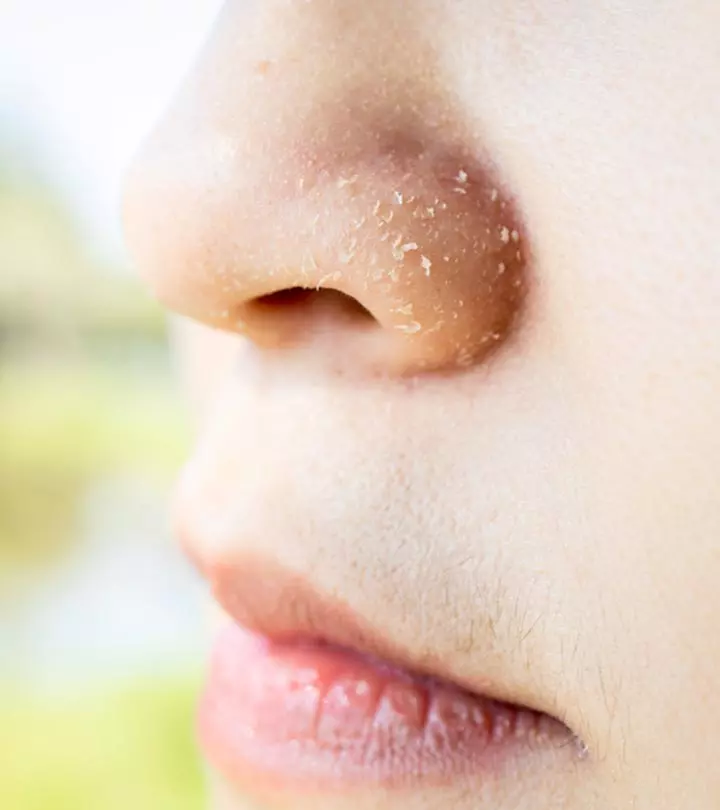
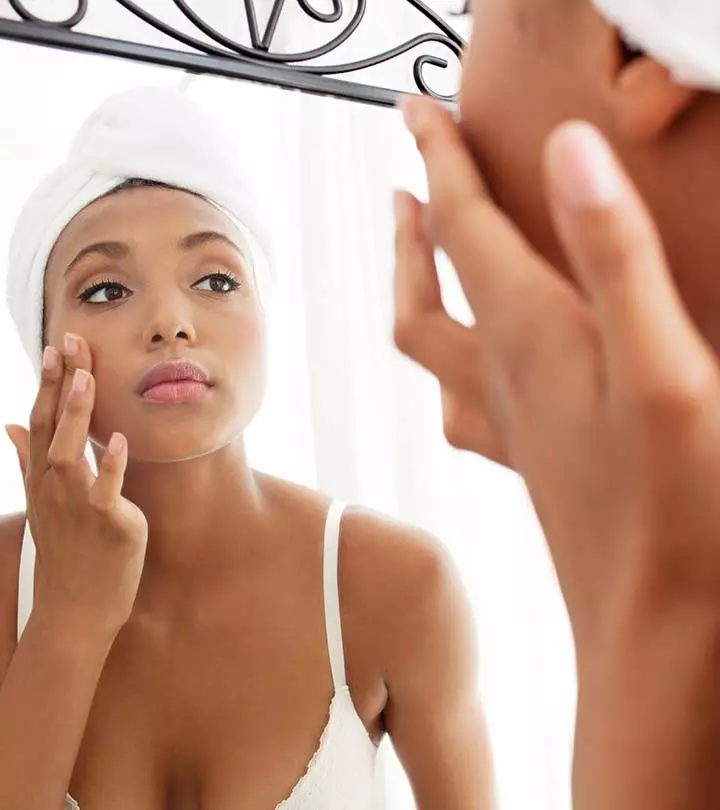


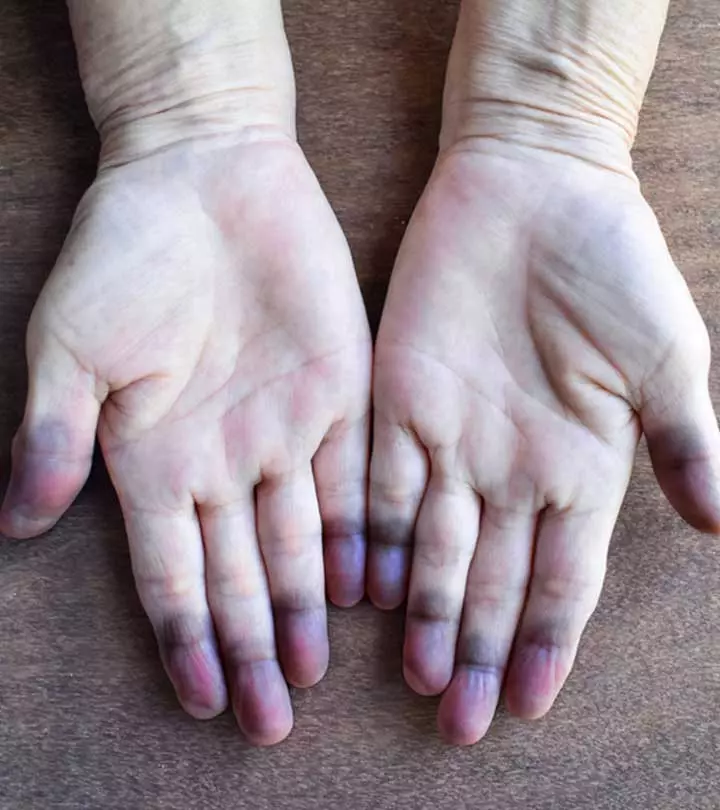
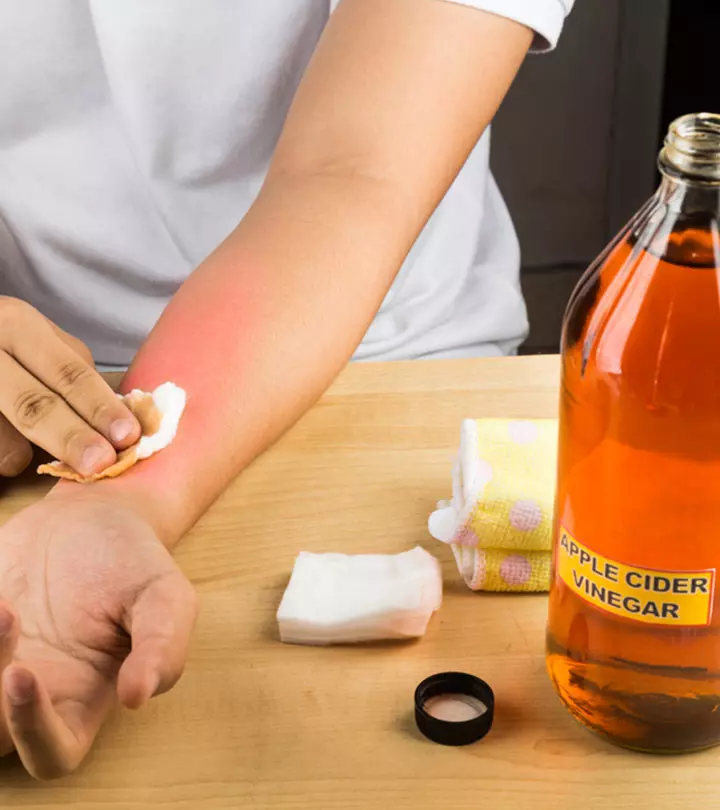
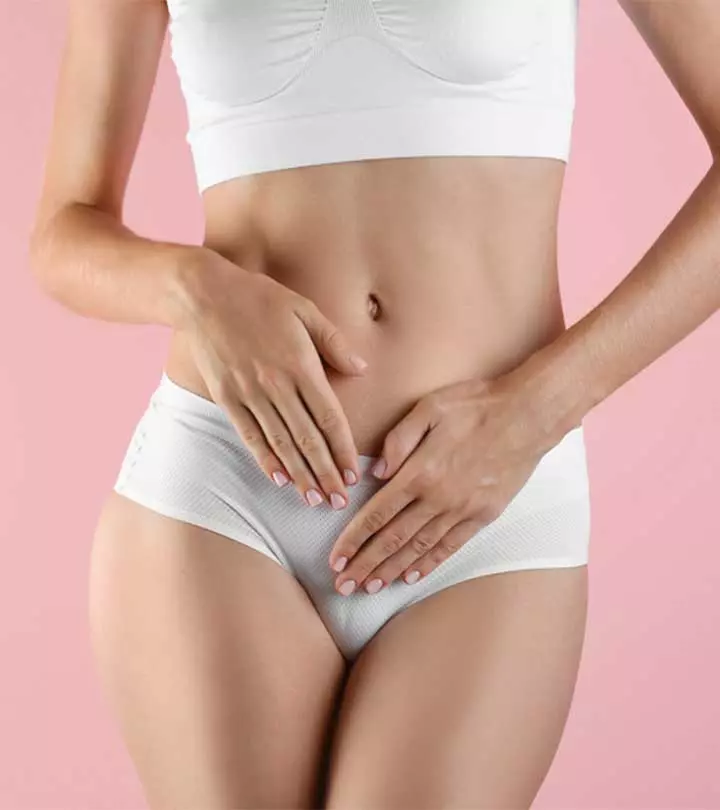
Community Experiences
Join the conversation and become a part of our empowering community! Share your stories, experiences, and insights to connect with other beauty, lifestyle, and health enthusiasts.